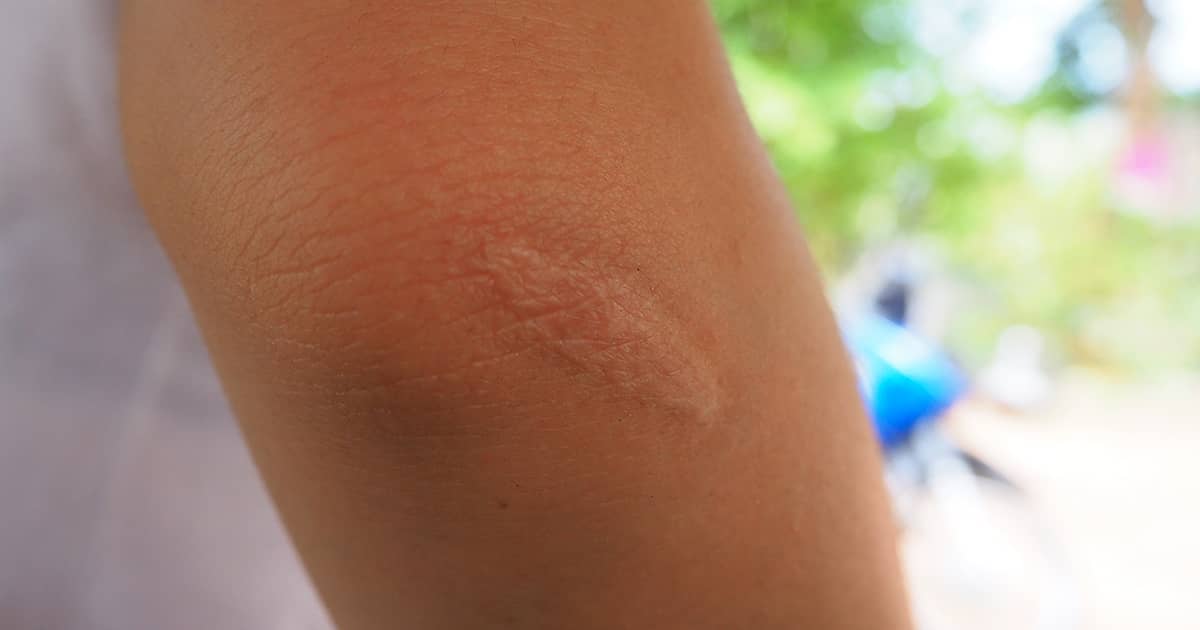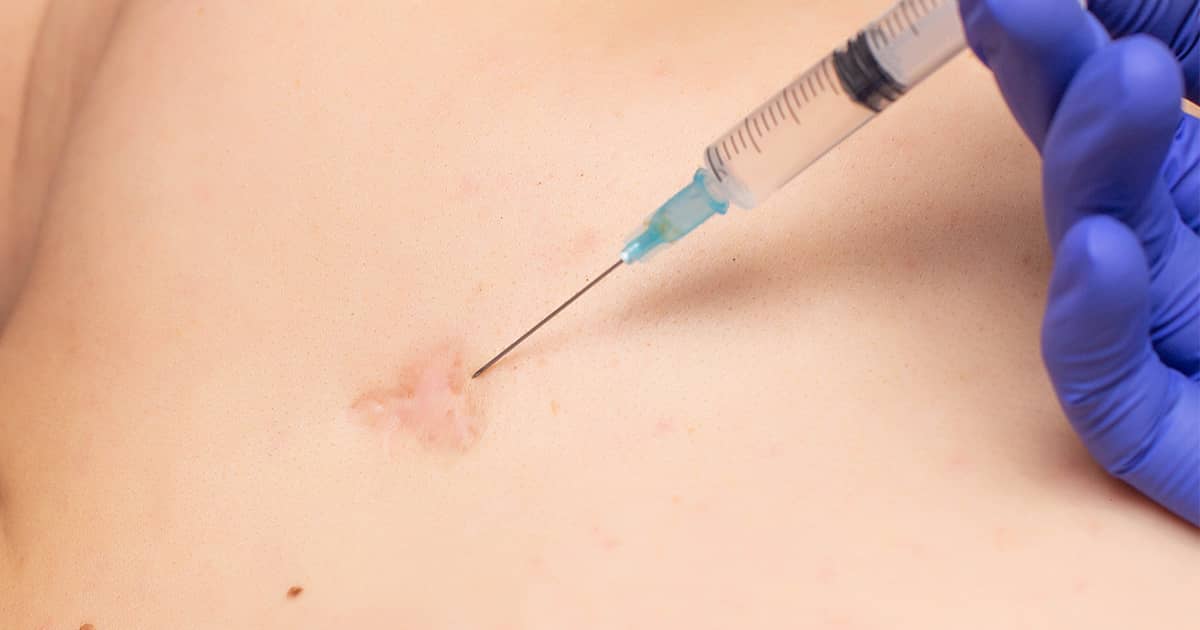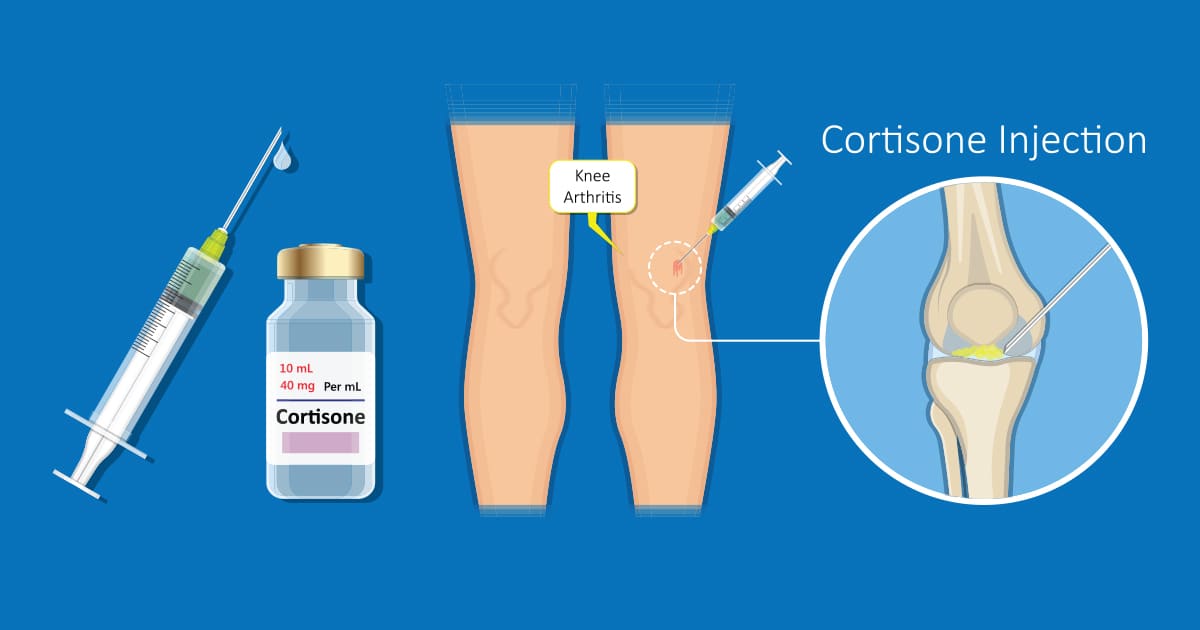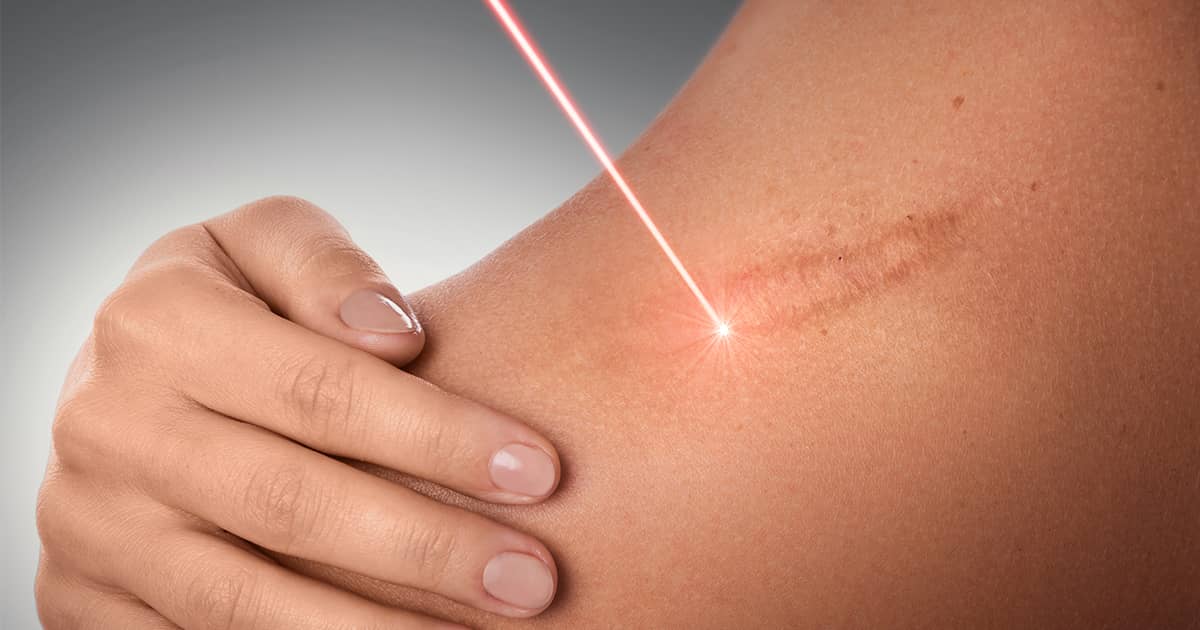Scars can appear in various shapes and forms, ranging from the large and severe to the minuscule and mild. How can you tell the difference between the many different types of scars that can develop and what causes do they indicate?
Dr Kellyn Shiau is the founder and medical director of Lux Medical Aesthetic Clinic. She recently responded to Human readers’ question about keloid and hypertrophic scars. Here’s are a few key takeaways.
What are keloid scars?

Keloids refer to the development of extra scar tissue that typically occurs on an area of the skin after healing from an injury. They generally appear after a surgical cut or a wound.
A keloid tissue extends beyond the original would size. It typically has an uneven shape and grows larger over time instead of growing smaller like most scars [1].
Also read: Is Microneedling for You?: The Complete Guide (2021)
What about hypertrophic scars?

A hypertrophic scar also presents as a raised scar and is caused by excessive collagen build-up at an injury site. They are often red and thick in appearance.
By definition, hypertrophic scars do not extend beyond the boundaries of the injury. They are thus generally smaller than keloids [2].
Steroid injections can treat raised scars

Both keloid and hypertrophic scars are raised so they can both be treated with steroid injections such as triamcinolone acetonide. The treatment helps flatten the affected areas and also prevent reoccurrences [3].
Steroid injections are also used to treat various conditions

Steroids are anti-inflammatory medicines with a wide range of applications. They are used to treat a range of conditions from arthritis and joint pain to inflammatory bowel disease [4].
If you do begin a course of steroid treatments, only do so under a doctor’s instructions and keep to the recommended duration.
A few sessions may be required

Depending on the size and thickness of the scar, you might require a few sessions of steroid injection. This might have to span across a few years [1].
Treatment may also include hyperpigmentation lightening using a Q-Switch ND Yag laser. A few sessions of this laser are typically needed to reduce the pigmentation [5].
Fractional CO2 laser treatment can additionally be used to blend the scar in with normal skin [6]. It is usually not possible to completely remove raised scars, but as mentioned before, there are several ways to improve their appearance.
Whether you are suffering from hypertrophic or keloid scars, various treatments are available and often very effective.
Make sure that you make an appointment with your doctor to identify what the nature of your scarring is. Note what prior scar treatment you may have done, and discuss what treatment options suit you best before proceeding with any solutions.
Dr Kellyn Shiau is the founder and Medical Director of Lux Medical Aesthetic Clinic and is also a member of the American Academy of Aesthetic Medicine. She has trained extensively in medical aesthetics for many years and believes strongly in providing evidence-based medical treatments. During her free time, she keeps her knowledge at the forefront by consistently attending both international and local conferences and training sessions.
Would you like to ask any related health questions?
You can Ask A Doctor right away, or request for treatment quotes from doctors.













